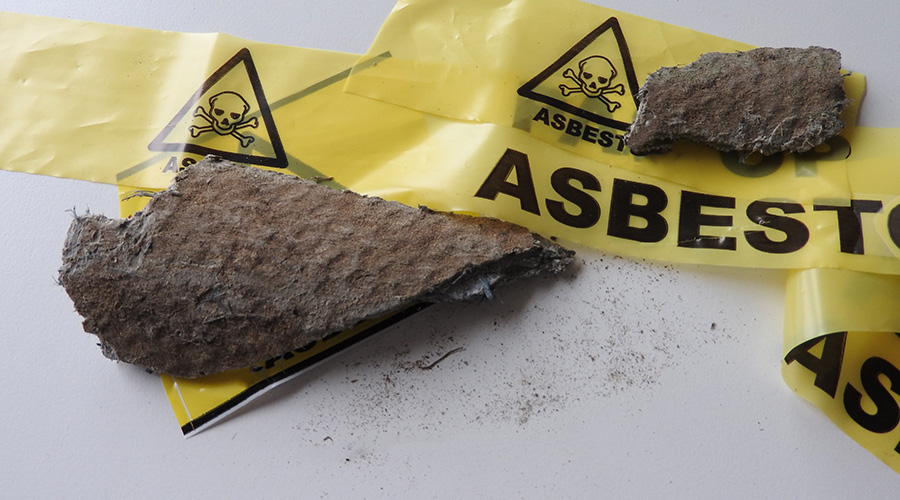National Park Service's Asset Priority Index Helps Guide Maintenance, Operations
To overcome these shortcomings, NPS combined two other key approaches with the FCI. The first was the asset priority index (API). API is calculated based on input from a park's major stakeholders. They determine the contribution of each asset in the park's portfolio to the park mission to protect resources, provide visitor experience, and support operations and substitutability. The resulting score, based on a 100-point scale, is intended to reflect the relative importance of each asset. The API helps focus resource allocations on the highest priorities to make smarter, targeted investment decisions.
Even with the combination of FCI and API, the resource requirements for the NPS asset portfolio still greatly exceeded the available funds. In response, NPS added the third element, critical systems identification, for each homogeneous facility type as an evaluation criterion. Guided by the premise that an asset consists of a collection of systems and subsystems, facility management experts identified the critical systems that must be in good working order for an asset to function effectively. For a building, these critical systems include items such as roofing, HVAC, and exterior doors and windows. A building's noncritical systems include items such as floor finishes and interior walls.
Deficiencies were categorized as minor, serious, or critical based on the severity of the impact they would have on the system. An acceptable level of condition exists when all of an asset's critical systems have no critical or serious deferred maintenance; critical systems with minor deferred maintenance and noncritical systems with any priority of deferred maintenance may exist. An unacceptable level of condition exists when some of an asset's critical systems have critical or serious deficiencies.
The combination of the FCI, API and critical systems metrics provided a logical and powerful way of evaluating the NPS portfolio and viewing individual groups of facilities.
"Being charged with maintaining national treasures is an immense responsibility," says Tim Harvey, chief, park facility management division, NPS. "The National Park Service has never been in a better position to understand the condition of our facilities and to use tools such as the FCI in our strategic decision-making processes."
Critical Systems Identification:
Preventive Maintenance
A key to critical systems identification is prioritizing deficiencies based on the impact they would have on the systems. The following terms define the levels of priority for deferred maintenance:
- Minor Deficiency (low priority): condition with a long-term impact beyond five years or a reduced life expectancy of affected materials or related equipment/features.
- Serious Deficiency (high priority): deterioration, which if not corrected within two to five years, will result in the failure of the equipment/feature or the asset of which it is a part, or deterioration that will create a threat to the health or safety of the user.
- Critical Deficiency (high priority): advanced deterioration that has already resulted in the failure of the equipment/feature, or advanced deterioration that if not corrected within one year will result in the failure of the equipment/feature, or advanced deterioration that has created a threat to health or safety of the user, or a failure to meet a legislated requirement.
— Douglas W. Kincaid
|
Related Topics:















